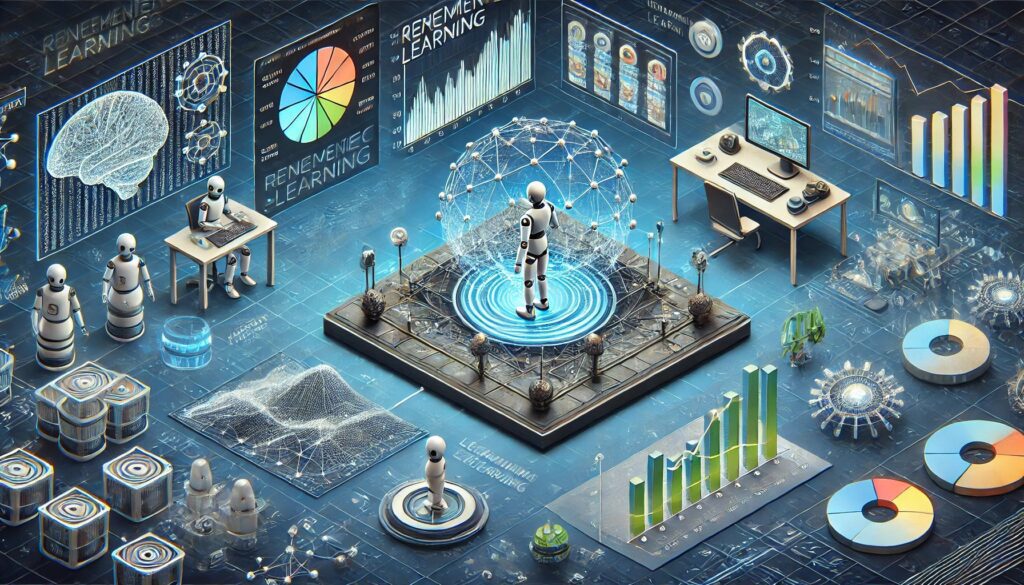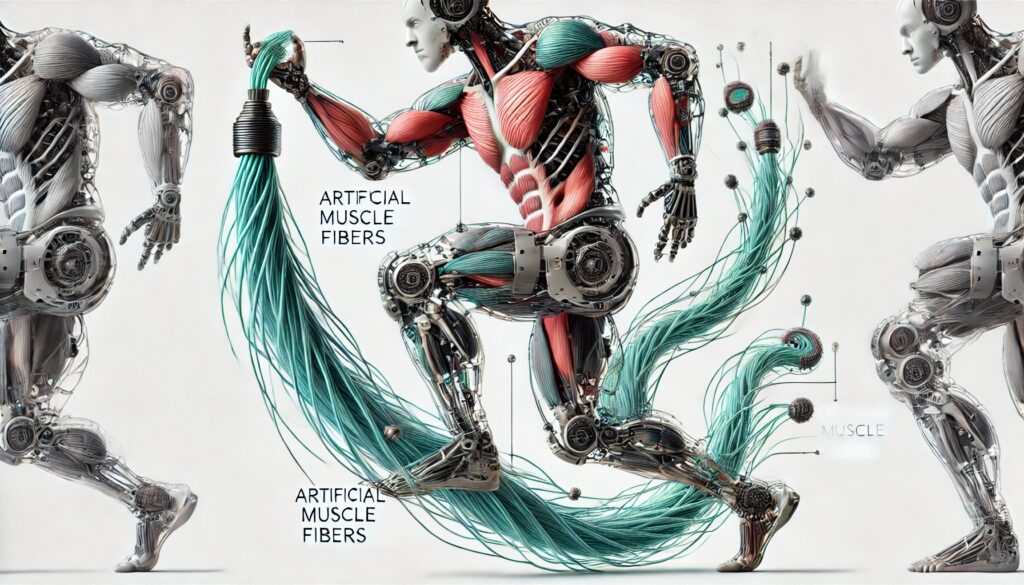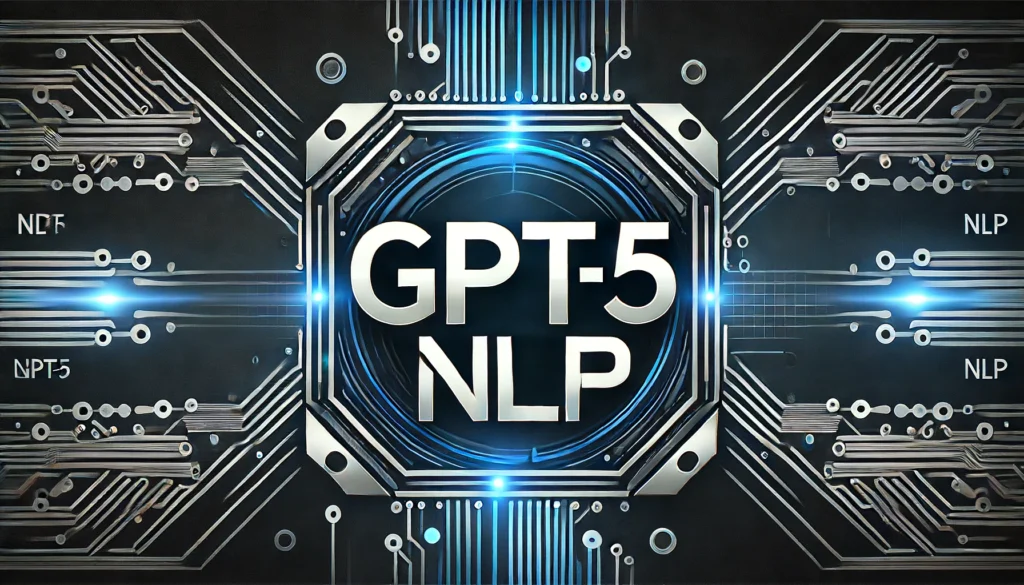We live in a world where our faces open doors—quite literally. Face identification has woven itself into the fabric of our daily lives, from unlocking smartphones to streamlining airport check-ins.
This technology harnesses biometric data to map the unique contours and features of an individual’s face, transforming a simple smile or glance into a digital key.
Staying at the forefront, face recognition technology continuously evolves, pushing the boundaries of what’s possible. Our interactions with various devices become sleek and personalized, as these systems learn to detect and analyze facial features with astonishing precision. What’s more, the capability to recognize emotions expands the horizon, adding layers of context to the digital experience.
Naturally, with the power to authenticate identities comes great responsibility. Our commitment to privacy and security takes center stage as we rely increasingly on face recognition in our interconnected world. It stands as a testament to the progress and potential challenges that come with the steady march of innovation.
Fundamentals of Face Recognition
Face recognition stands as a pinnacle of human-like computer vision, transforming security and technology with its capability to accurately identify individuals.
Understanding the Technology
We harness the sophistication of algorithms and computer vision to craft systems that mimic the intricate human ability to recognize faces. Our technology strategically analyzes facial features through feature extraction—zooming in on distinctive traits and patterns. Initially, we relied on methods such as eigenfaces and fisherfaces to isolate and analyze facial characteristics.
However, profound leaps in machine learning and artificial intelligence have catapulted us into an era dominated by deep learning techniques like DeepFace and FaceNet.
Key Components and Techniques
The anatomy of face recognition systems thrives on two essential pillars: first, face detection—where we identify and locate a human face within an image—and second, face identification, determining whom that face belongs to. In the delicate craft of feature extraction, our methods ingeniously distill valuable data, paving the way for reliable analysis.
Coupling these components with robust machine learning algorithms, we position ourselves at the forefront, driving forward with groundbreaking facial recognition technologies.
Applications of Face Recognition
Face recognition technology has woven itself into the fabric of our digital existence, enhancing security while reshaping how we interact with devices.
Security and Surveillance
Within the realm of security and surveillance, face recognition serves as a linchpin tool, with law enforcement agencies deploying it to identify suspects and prevent crime. Mounted on public cameras, these systems match faces against databases in real time, sparking debates about privacy concerns. Moreover, establishments employ facial recognition to fortify premises against unauthorized access.
Digital Identity Verification
Meanwhile, digital identity verification is a keystone in personal tech security; services like Windows Hello and smartphone features such as Face ID on the iPhone X demonstrate its utility. These systems ensure that only you can access your digital treasures, from emails to social media accounts—safeguarding your digital life with ease.
Consumer Applications
Lastly, in consumer applications, retailers are pioneering dynamic ways to engage customers through personalized experiences, utilizing facial recognition for customer analytics and targeted advertisements. The technology is also prevalent in Android devices, enabling users to effortlessly unlock their phones or authorize transactions, meshing security with convenience.
Technical Aspects and Challenges
In this examination of facial identification, we unravel the technical intricacies and pinpoint the predominant hurdles.
Algorithmic Accuracy and Error Rates
Advancements in automated face recognition suggest that accuracy can be significantly high, yet error rates persist, particularly in conditions divergent from the algorithm’s training environment. Algorithms have reached 100% accuracy with face averages, yet this is not always reflective of real-world conditions where diverse factors come into play.
The error rate skyrockets when confronted with non-ideal lighting, lower resolution, or unconventional angles. For instance, recognition accuracy from single images was a mere 54%, which then improved dramatically to 100% when using face averages.
To combat these challenges, steady emphasis on enriching algorithmic datasets with a broad spectrum of face variations is crucial. Face verification systems must evolve to parse through the complexities of chin, nose, and eyes with precision.
Impact of Diverse Variables
Unquestionably, variables like make-up, accessories, and face alignment play pivotal roles in the face identification ballet. A person’s choice to adorn themselves with bold make-up or eccentric accessories can confound even the most astute algorithms, leading to increased error rates. This is a dance of subtlety; slight alterations in appearance can result in dramatic missteps in recognition.
Highly detailed analysis reveals that accuracy crumbles when the resolution falters or when the face match process is skewed by poor face alignment. Subtle changes in expression or minor angles can be the difference between a positive identification and a false one. It requires a symphony of technological refinement and real-world testing to achieve the intricate balance necessary for accurate facial recognition.
Facial Recognition System
Facial recognition systems have become central in utilizing AI for identity verification and security measures, influencing privacy and regulatory landscapes.
Most Relevant Facial Processing Tasks in AI
A core suite of facial processing tasks powers today’s AI-driven recognition systems. Firstly, facial detection locates human faces within visuals, employing algorithms trained to pinpoint features such as the eyes, nose, and mouth. Transitioning beyond mere detection, identification tasks compare facial features against databases to establish an individual’s identity with high precision.
Such applications inevitably intersect with privacy concerns, as they process sensitive biometric information that is protected under regulations like the Biometric Information Privacy Act.
In certain locales, notably San Francisco, staunch privacy advocates, including the Electronic Frontier Foundation, have influenced strict regulations on facial recognition technology. Despite these measures, tools like face search engines — for instance, Pimeyes — demonstrate the ubiquitous reach and practical challenges of effectively governing AI-fueled facial processing.
Methodology for the Selection of Facial Processing Applications
To select the most pertinent applications for facial processing, we must critically evaluate both their societal impact and technological maturity. Trustworthy AI systems necessitate a rigorous methodology; one that acknowledges privacy, aligns with the intricate web of regulation, and passes the robust criteria laid out by the European High Level Expert Group on AI.
AI applications vary in their risk to privacy and security, which has prompted the development of trustworthy systems as outlined by the European AI Act. This encapsulates a holistic approach, scrutinizing applications across research and real-world environments to assess their implications faithfully. It’s a balancing act—ensuring AI’s potential is harnessed whilst retaining the human right to privacy.
Implementing Face Recognition Systems
In ushering in cutting-edge facial recognition, we focus on precise requirements and systematic development. This guide demystifies the process, ensuring your journey from conceptualization to deployment is smooth and efficient.
Software and Hardware Requirements
Before initiation, let’s sharpen our understanding of the essentials. Robust facial recognition hinges on a balance between software and hardware prowess. Harnessing this technology demands:
- A powerful CPU or GPU to expedite the computation-heavy tasks.
- Sufficient memory (RAM) to handle the data during processing.
- High-resolution cameras for capturing minute facial details.
On the software frontier:
- Cross-platform compatibility across Windows, macOS, and Linux ensures broad accessibility.
- Python emerges as the preferred language, bringing simplicity and power to our programming arsenal.
- A robust selection of libraries like OpenCV or FaceNet enrich our development toolkit. Their installation in environments like Jupyter Notebook offers a seamless transition from code to function.
Developing a Face Recognition System
Gearing up for system development, we thread together technology and strategy. First steps first:
- Assemble a diverse dataset. The more varied, the better our system’s ability to identify and verify.
- Initiate training protocols, where binary classification lays down the groundwork for our system’s learning phase.
Incorporating deep learning elements, projects like this OpenCV and deep learning based facial recognition proves instrumental. Companies leap at such technology to enhance their security and personalization services.
Meticulously tested code and active libraries are our allies. Let us not overlook the need for regular updates and patches, ensuring our facial recognition system stands resilient in an ever-evolving digital landscape.
Research Papers & Analyses
- “FaceNet: A Unified Embedding for Face Recognition and Clustering” by Florian Schroff, Dmitry Kalenichenko, and James Philbin. This paper introduces FaceNet, a deep learning model that learns to generate embeddings for faces, enabling tasks such as face recognition and clustering.
- “DeepFace: Closing the Gap to Human-Level Performance in Face Verification” by Yaniv Taigman, Ming Yang, Marc’Aurelio Ranzato, and Lior Wolf. DeepFace is a deep learning model developed by Facebook AI Research that achieves near-human-level performance on face verification tasks.
- “Deep Learning for Face Recognition: A Comprehensive Survey” by Wenming Zheng, Zongming Guo, Lin Zhang, and Jianhuang Lai. This survey paper provides a comprehensive overview of deep learning techniques and methodologies used in face recognition systems.
- “The Ethics of Facial Recognition Technology” by Luke Stark and Yasemin Acar. This analysis delves into the ethical implications of facial recognition technology, including issues related to privacy, bias, and surveillance.
- “Facial Recognition Technology: A Survey of Policy and Implementation Issues” by Clare Garvie, Alvaro Bedoya, and Jonathan Frankle. This report examines the policy landscape and implementation challenges surrounding facial recognition technology, particularly in the context of law enforcement and surveillance.
These resources should provide valuable insights into the development, applications, and ethical considerations of face identification technology in AI.









